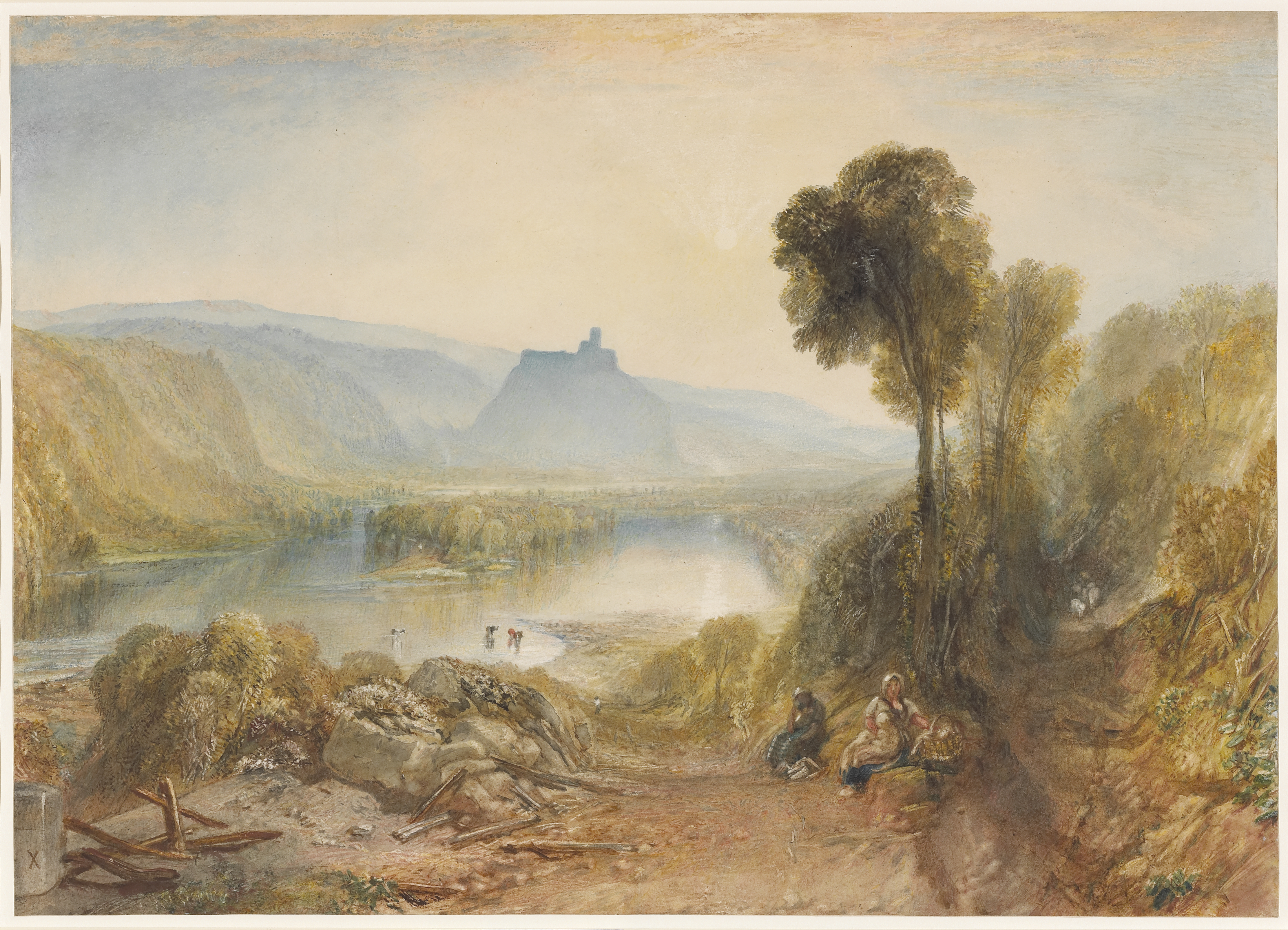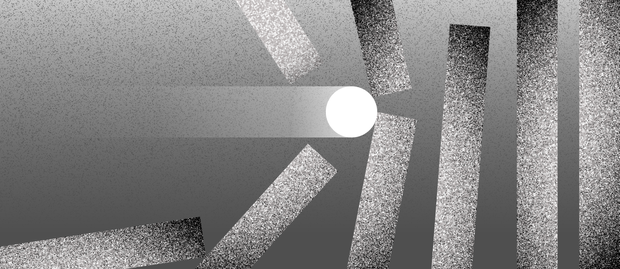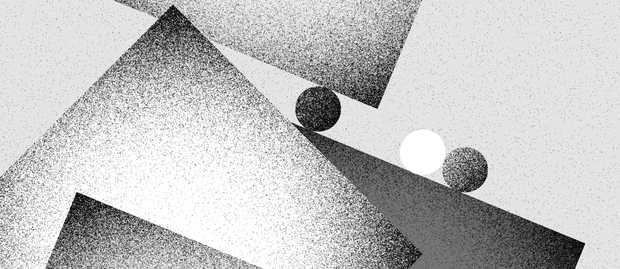
Debunking the most popular NFT criticisms
NFT, or non-fungible token, is a digital asset representing ownership or proof of authenticity of a unique item, like an artwork, on a blockchain. Each NFT provides a transparent and immutable record of ownership and helps creators monetize their digital works. At the same time, collectors can purchase these unique digital assets in a secure and decentralized manner.
While the popularity of NFTs pushes the market to test new business opportunities for profit and encourages users to engage in innovative activity, there are still those who abuse the hype around the latest technology. They find ways to profit from the technology's flaws, artificially inflate prices, and resort to illegal activities.

Consequently, both potential and active market players start to distrust the new virtual asset, look for even the most minor flaws, and to incite others to boycott or ignore NFTs. Thus, it harms not only specific investors and issuers but also the community in general.
In the end, that negative reputation prevents organizations and individuals from seeing the actual value of the new digital asset. In this article, the Digitised.Art team analyzed the points most used by NFT skeptics to persuade potential buyers and issuers to give NFT a chance and confidently invest in new digital assets.
Claim 1: NFTs Are a Highly Speculative Asset
Skeptics tend to criticize NFT for its highly speculative market, where traders can acquire certain assets at a low cost and then sell it for thousands of dollars, leaving the original owner with nothing. However, we shouldn’t forget that the issue takes place not only in the NFT market.
For example, Van Gogh, Vermeer, and Monet are all highly praised artists. Nowadays, their paintings are exhibited in the most famous museums in the world and cost hundreds of thousands or even millions of dollars. Though, during their lifetime, they had to stay in poverty and unknown.
The question is how to help original owners keep profiting even after selling digital assets to collectors. When it comes to NFT, issuers can set up the royalty function that allows them to receive percentages from any secondary sales. That way, original owners will be able to benefit from their tokens even if the cost spikes up in the future.
Claim 2: NFTs Violate Intellectual Property
While NFTs are widely promoted as a valuable tool for all related to the art world, there have been instances when artworks are stolen and sold as NFTs. Meanwhile, the issue comes not from the technology itself but from the community surrounding it. Nevertheless, it is crucial to address that problem adequately as it undermines the credibility of NFTs opened for trade and the movement in general.
Some marketplaces, like SuperRare and Nifty, have already taken action by requiring issuers to go through several authentication levels before they can add their NFTs to the listing. Thus, marketplaces ensure art NFTs don’t violate intellectual property rights and are entirely legal to trade.
Meanwhile, Digitised.Art takes a step further and creates a safe space for galleries and their creators to take advantage of the new digital asset, connect with a global pool of collectors, and access an additional stream of revenue. By integrating galleries into the listing and minting process, the Digitised.Art team ensures that the owners can customize tokens according to their vision and that intellectual property is secured. Meanwhile, collectors will receive high-resolution NFTs that can be produced only in collaboration with owners of physical art. In addition, Digitised.Art encourages galleries and collectors to sign a paper agreement alongside token transfer for proper IP rights structuring and use case regulation.
Claim 3: NFTs Lack Artistic Value
The pictures that represent NFTs are usually a mishap of pre-created parts, which in the end creates, if not unrefined, then unattractive appearance that may make potential collectors lose interest in the asset. Moreover, that approach based on generated pictures may leave buyers unsatisfied, as the minting result is stripped of its individuality. That further diminishes the artistic value and reminds them of ready-made products.
However, not all NFTs are created that way. For example, in the Digitised.Art listing, collectors can find a wide range of original artworks created by real artists from scratch and even exhibited in real galleries or museums. At Digitised.Art, collectors don’t buy generated pictures of the same animal or object with minor changes but rather a unique digital twin of the original artwork from various galleries. Thus, they acquire NFTs that represent not presumed artistic value but a real one. In the end, collectors also become benefactors boosting profit and providing galleries and their artists with conditions where creativity may thrive without worries.

Claim 4: NFT Market is Highly Volatile
Despite receiving a lot of attention and being sold for thousands of dollars, NFTs can still be considered highly volatile assets. The reasons are their direct ties with no less volatile cryptocurrencies and their nature as intangible assets. This means that it can be challenging to determine the actual monetary value of each particular NFT.
Still, market volatility isn’t a threat as significant as critics try to make it. While the price fixed during the minting or creation process can drop or grow higher, volatility will have a positive effect on the average cost of NFT assets in the long run. In addition, companies like Digitised.Art help mitigate the negative side of volatility by creating NFTs that allow issuers to collect royalties from secondary purchases.
As with any new technology, NFTs gradually develop and improve but still may have internal or external issues. However, by joining up with trustworthy partners like Digitised.Art, you can ensure that NFTs will be a completely legal and pleasant experience.
If you want to learn more about NFTs, we suggest reading our article about NFT art and how it revolutionizes the market. In case you are already eager to start your journey in the new digital realm, check out our dedicated How It Works page that explains tokenization for galleries and creators.
Related articles




